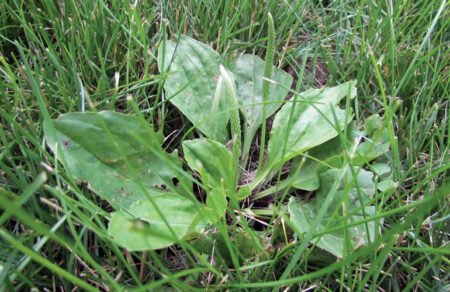AUTUMN GREETINGS!
 The autumnal equinox occurred at 9:30am and it is officially Fall! The signs are all around us – from back to school and fall sports to landscapes exploding with vibrant colors, dwindling daylight hours, cooler temperatures, later sunrises and earlier sunsets.
The autumnal equinox occurred at 9:30am and it is officially Fall! The signs are all around us – from back to school and fall sports to landscapes exploding with vibrant colors, dwindling daylight hours, cooler temperatures, later sunrises and earlier sunsets.
Impressive fall foliage happens because of the fewer hours of daylight leaves receive. Temperature, precipitation and soil moisture can also have effects on foliage, but the main reason leaves change is light – specifically, the lack of it. As days grow shorter and nights longer, changes happen in deciduous plants causing the breakdown of chlorophyll revealing the stunning fall foliage we all enjoy. As autumn draws to a close, the leaves will turn brown and essential nutrients are absorbed back into the plant. Let’s hope Mother Nature’s annual display happens well before our first hard frost!

TREAT FOR LAWN GRUBS NOW
 Lawn grubs are the small, white, soft-bodied, c-shaped larvae of various beetles. They hatch in late summer and feed on the succulent roots of your grass and organic soil matter causing damage and death to sections of your lawn. These voracious larvae winter deeper in the soil only to awaken in spring. They continue feasting on roots until they transform into beetles that emerge from your yard in late spring to devour your beautiful garden flowers and foliage. They then mate and return to your lawn to lay more eggs continuing their life-cycle and the destruction of your yardscape.
Lawn grubs are the small, white, soft-bodied, c-shaped larvae of various beetles. They hatch in late summer and feed on the succulent roots of your grass and organic soil matter causing damage and death to sections of your lawn. These voracious larvae winter deeper in the soil only to awaken in spring. They continue feasting on roots until they transform into beetles that emerge from your yard in late spring to devour your beautiful garden flowers and foliage. They then mate and return to your lawn to lay more eggs continuing their life-cycle and the destruction of your yardscape.
If you are curious about grubs on your property, you can simply pull some sod away from the soil and inspect it. A few grubs are normal, but if you see a lot, or if birds, raccoons or skunks are digging up your lawn, you most likely have beetles laying their eggs in your lawn and a grub issue.
If you are concerned about grubs, contact your account manager or call the office. IPM or Integrated Pest Management is a process we use to identify, treat and monitor pest control for your property. Learn more about YardScapes’s Integrated Pest Management Program
BROADLEAF WEED CONTROL
 Broadleaf weeds are easy to identify because they are not grass, nor do they resemble grass. Examples of perennial broadleaf weeds are dandelion, plantain, mullein and clover. Spring and fall are the most effective time to treat when weeds are still actively growing or that may have invaded your lawn during the growing season. Click the schedule below to see when our services should be performed for optimum results.
Broadleaf weeds are easy to identify because they are not grass, nor do they resemble grass. Examples of perennial broadleaf weeds are dandelion, plantain, mullein and clover. Spring and fall are the most effective time to treat when weeds are still actively growing or that may have invaded your lawn during the growing season. Click the schedule below to see when our services should be performed for optimum results.
Check out our recommended LAWN CARE SCHEDULE
“Autumn is a second spring when every leaf is a flower. ” – Albert Camus
